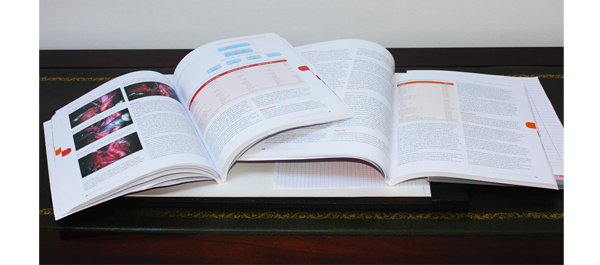Editorial: How should we best manage obesity in urology?
Abdul-Muhsin et al. [1] are to be congratulated on an excellent study involving >3000 patients undergoing robot-assisted radical prostatectomy over a 4-year period. In their study they demonstrate that the morbidly obese patient can be managed in a just about equal way to the non-morbidly obese patient for removal of the prostate. The complications and recovery characteristics in morbidly obese patients are reviewed and it is concluded that, in this single-operator single-centre study, the morbidly obese male with prostate cancer should not be overlooked as a candidate for radical surgery.
We are all faced with more obese patients presenting to our clinical care; in the UK 20% of the adult population are obese and >3% are morbidly obese. There are an increasing number of studies looking at the outcome of surgery in the obese and morbidly obese populations. These studies have drawn mixed conclusions, with some suggesting an increased risk and morbidity and others suggesting no difference when compared with a non-obese population. This is confusing: perhaps the use of body mass index alone to assess obesity is limited and misleading [2]. This is because the distribution of fat varies considerably among individuals, with the most at-risk patients being those with a centripetal fat distribution producing a large abdominal girth. In middle-aged men, a waist size of >102 cm is the best predictor of metabolic syndrome with all its concomitant risk factors [3]. It is these patients who represent the greatest risk for surgery and it is these same patients who urgently need to improve their lifestyle and shed weight in order to achieve a normal life expectancy both to aid surgery and thereafter. Factors such as hypoventilation, hypertension and the risk of thromboembolism are greatly increased in this group. Diabetes, abnormal lipids, bone and joint diseases and reflux are common. These factors will probably contribute to multiple potential peri-operative complications. Cardiopulmonary exercise testing is very useful in detecting the patients most at risk and likely to require most intensive care postoperatively. There are too few studies to date that include this test and that specifically looking at the morbidly obese population, but results are encouraging and will very probably detect those patients most likely to require critical care facilities [4].
While the surgical results in the Abdul-Muhsin et al. study are excellent, one would not wish to dilute the key message to our patients that preparation for major surgery with weight loss is vital. Addressing nutrition and exercise activity in the preoperative period is extremely beneficial and highly successful. Achieving a 10% weight loss within weeks before surgery is entirely achievable with significant benefits to the medical comorbidities and, in particular, breathing and muscle activity [5]. One great advantage of prostate cancer surgery is the often slow-growing nature of the tumour and we can, therefore, often take the opportunity to postpone major surgery for just a matter of weeks to improve fitness and nutrition. This window of opportunity is more than enough to transform a high-risk patient to one with a much lower risk profile.
If we inspire our patients to join in the aim of the whole surgical team to safely cure prostate cancer using weight reduction and improved fitness then long-term life benefits will surely follow in addition to the immediate gains for surgery and anaesthesia.
Peter Amoroso
The London Clinic, 20 Devonshire Place, London W1G 6BW
References
- Abdul-Muhsin H, Giedelman C, Samavedi S et al. Perioperative and early oncological outcomes after robot-assisted radical prostatectomy (RARP) in morbidly obese patients: a propensity score-matched study. BJU Int 2014; 113: 84–91
- Mullen JT, Moorman DW, Davenport DL. The obesity paradox body mass index and outcomes in patients undergoing non-bariatric general surgery. Ann Surg 2009; 250: 166–172
- Balentine CJ, RobInson CN, Marshall CR et al. Waist circumference predicts increased complications in rectal cancer surgery. J Gastrointest Surg 2010; 14: 1669–1679
- Hennis PJ, Meale PM, Hurst RA et al. Cardiopulmonary exercise testing predicts post operative outcome in patients undergoing gastric bypass surgery. Br J Anaesth 2012; 109: 566–571
- Benotti PN, Still CD, Wood GC et al. Preoperative weight loss before bariatric surgery. Arch Surg 2009; 44: 1150–1155




I’m curious to know what what patients have successfully lost weight prior to surgery, and how their doctors handled that specific scenario.
I know many factors apply, such as the willingness of the patient, the environment that the patient surrounds himself in, but would it be possible to compile a case study report of success and apply that to patients in order to maximize the chance of weight loss?
Kind regards,
Cesar Soto